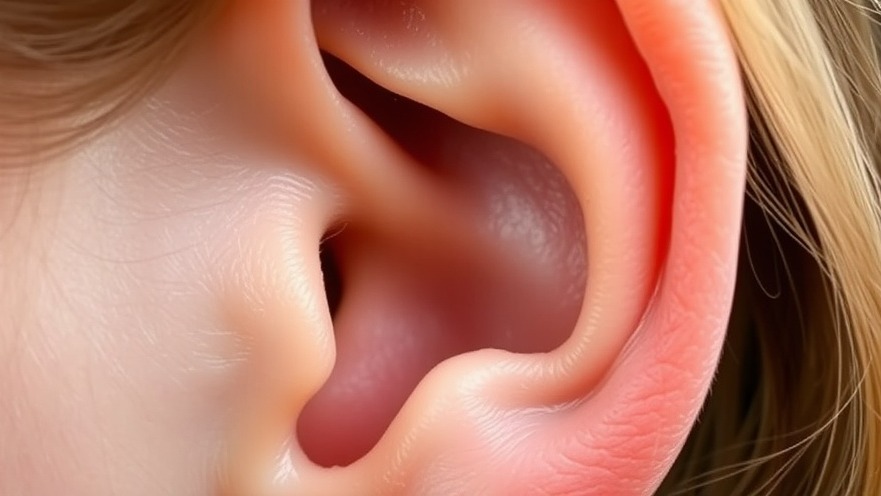
Understanding Earwax: Why It’s Actually Good for You
Many people have a misunderstanding about earwax, often viewing it as a nuisance or something dirty that needs to be removed at all costs. However, the truth is earwax, also known as cerumen, plays a vital role in maintaining ear health. According to Dr. Benjamin Hariri, an otolaryngologist, earwax provides crucial protection for our ears, trapping dirt and debris and keeping the ear canal safe from infections. Just like oil in a car engine, a healthy amount of earwax is necessary for optimal function.
Signs of Earwax Buildup and When to Worry
Earwax buildup can manifest in several uncomfortable symptoms including earaches, muffled hearing, and a feeling of fullness or pressure in the ear. Other signals might include ringing in the ears (tinnitus) or even dizziness. Dr. Mohamed Elrakhawy emphasizes that while earwax has its benefits, excessive buildup can impede your ears’ self-cleaning capabilities and lead to complications. When experiencing these symptoms, it may be time to consider safe removal methods.
The Best Methods for Earwax Removal
When it comes to earwax removal, you might be tempted to reach for cotton swabs or other tools, but experts consistently warn against such practices. “Cotton swabs can push wax deeper into the ear canal, potentially causing more harm than good,” cautions Dr. Seth Schwartz. Instead, a simple damp washcloth can be effective to clean the outer ear safely. You might also consider using over-the-counter ear drops containing mild solutions like hydrogen peroxide or mineral oil that can help soften and facilitate the natural removal of earwax.
Professional Help: When to See a Doctor
If home remedies aren’t alleviating discomfort or if symptoms like pain or persistent hearing loss persist, it’s wise to consult a healthcare professional. An Ear, Nose, and Throat (ENT) doctor can assess the situation and use specialized tools to safely remove wax buildup. Dr. Anh Nguyen-Huynh suggests that the self-cleaning abilities of ears mean that most people rarely need professional cleaning, but those with a history of ear issues or excessive earwax production may require medical intervention.
Options to Avoid: The Do’s and Don’ts of Earwax Removal
Learning what methods to avoid is just as crucial as knowing the correct ones. Both Dr. Nguyen-Huynh and Dr. Schwartz emphasize that attempting to remove earwax with cotton swabs or other objects can lead to ear canal damage and increase the risk of infection. Similarly, ear candles—which some might consider as a natural alternative—are not only ineffective but can also cause burns and blockages according to safety warnings from health professionals.
In Conclusion: Prioritizing Ear Health on Your Travels
As a digital nomad constantly on the move, it’s easy to prioritize everything else except your health. However, understanding the role of earwax and how to manage it safely is essential to your well-being, especially in unfamiliar environments. Incorporating simple ear care routines and knowing when to seek further help can ensure that earwax doesn’t become a travel hassle.
 Add Row
Add Row  Add
Add 




Write A Comment